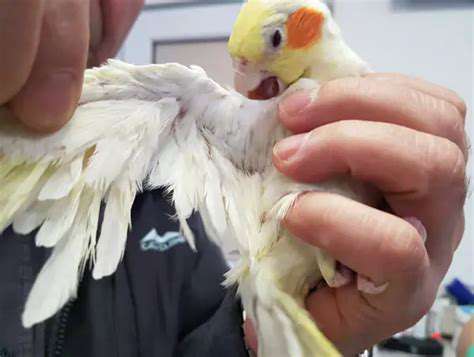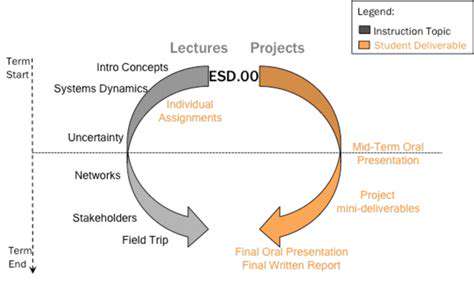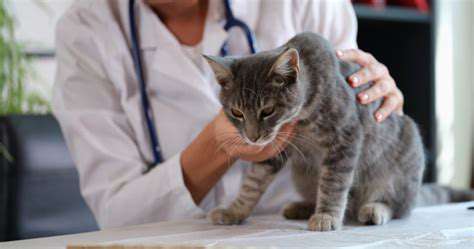Essential Health Checklist for Your New Pet
Nutrition and Diet: Tailored to Your Pet's Needs

Understanding Nutritional Needs
Every pet has unique dietary requirements influenced by age, activity level, health status, and genetic factors. Customizing your pet's diet is the cornerstone of their long-term health and vitality. Generic pet food recommendations often fall short because they don't account for individual differences. The first step is evaluating your pet's current diet to identify any nutritional gaps or excesses that need adjustment.
For personalized guidance, consider scheduling a consultation with a veterinary nutritionist. These specialists can analyze your pet's specific needs based on breed characteristics, existing health conditions, and lifestyle factors to create a truly customized feeding plan.
The Role of Macronutrients
Macronutrients form the foundation of your pet's diet, with each serving distinct purposes. High-quality proteins support muscle maintenance and immune function, while complex carbohydrates provide sustained energy throughout the day. Healthy fats, often overlooked, are essential for skin/coat health and proper nutrient absorption. Getting the right balance of these nutrients can dramatically impact your pet's energy levels and overall wellbeing.
Active pets may require more protein and fat in their diets, while senior companions often benefit from adjusted ratios to support aging bodies. Monitoring your pet's response to dietary changes provides valuable clues about what works best for them.
Micronutrient Essentials
Vitamins and minerals, though needed in smaller quantities, play outsized roles in maintaining health. Even minor deficiencies in key micronutrients can lead to noticeable health issues over time. While commercial pet foods contain added vitamins, the bioavailability of these nutrients can vary significantly. Some pets may require additional supplementation, especially those with certain health conditions or on homemade diets.
Customizing Diets for Specific Needs
Dietary adjustments can address various health goals, from weight management to supporting medical treatments. Learning how different ingredients affect your pet allows you to make informed feeding decisions. For overweight pets, increasing fiber-rich vegetables while controlling portions can promote healthy weight loss. Performance animals might need calorie-dense, nutrient-rich formulations. Pets with medical conditions often require therapeutic diets formulated by veterinarians.
The most effective nutrition plans evolve with your pet's changing needs. Regular veterinary check-ups help ensure their diet continues meeting all requirements as they age or if health status changes.
Monitoring Your Pet's Health: Recognizing Early Signs of Illness
Appetite Changes as Warning Signs
Significant shifts in eating patterns often serve as the first noticeable symptom of health issues. When pets refuse meals they normally enjoy or show unusual disinterest in food, it warrants immediate attention. Possible causes range from dental pain to systemic illnesses. Documenting the duration and severity of appetite changes, along with any accompanying symptoms like vomiting or lethargy, helps veterinarians make accurate diagnoses.
Increased hunger can be equally concerning, especially when paired with weight loss. Conditions like diabetes or hyperthyroidism often manifest this way. Tracking food intake amounts and frequency creates valuable data for veterinary consultations.
Water Intake Patterns
Hydration status offers critical insights into pet health. Reduced water consumption may indicate nausea or oral discomfort, while excessive drinking often signals metabolic disorders. Measuring daily water intake (by noting bowl refills) helps establish normal baselines for comparison. Any sustained deviation from normal patterns merits veterinary evaluation.
Energy Level Fluctuations
Noticeable changes in activity levels frequently accompany developing health problems. While occasional tiredness is normal, prolonged lethargy or sudden reluctance to engage in favorite activities suggests underlying issues. Comparing current energy levels to your pet's normal behavior helps determine when professional assessment is needed.
Elimination Habit Changes
Alterations in bathroom habits provide important diagnostic clues. Changes in stool frequency, consistency, or color may indicate dietary intolerances, infections, or more serious conditions. Similarly, urinary pattern changes can reflect everything from UTIs to kidney dysfunction. Maintaining a simple log of elimination patterns helps identify developing trends.
Respiratory Changes
Abnormal breathing patterns never should be ignored. Labored breathing, persistent coughing, or unusual respiratory noises may indicate cardiac or pulmonary issues. Noting when symptoms occur (during rest vs. activity) and any triggering factors assists veterinarians in determining potential causes.
Movement Abnormalities
Subtle changes in gait or posture often precede more obvious lameness. Stiffness after rest, reluctance to jump, or favoring certain limbs may indicate developing arthritis or injuries. Early intervention typically yields better treatment outcomes for mobility issues.
Physical Abnormalities
Regular hands-on examinations help detect developing lumps, skin changes, or areas of tenderness. New masses should be promptly evaluated, as early detection significantly improves treatment options for many conditions. Documenting the location, size, and characteristics of any abnormalities creates valuable medical records.
Read more about Essential Health Checklist for Your New Pet
Hot Recommendations
- Top Dog Treats That Are Healthy
- Feeding Your Small Animal: Safe Foods
- How to Teach Your Dog to Play Fetch
- Heartwarming Stories of Pets in Retirement Homes
- How to Teach Your Dog to Leave It
- My Pet's First Snow Experience [Story]
- Review: [Specific Brand] Pet Water Fountain
- Guide to Dealing with Aggression in Dogs
- Guide to Using Positive Reinforcement in Training
- Living with a Pet Who Loves the Outdoors








